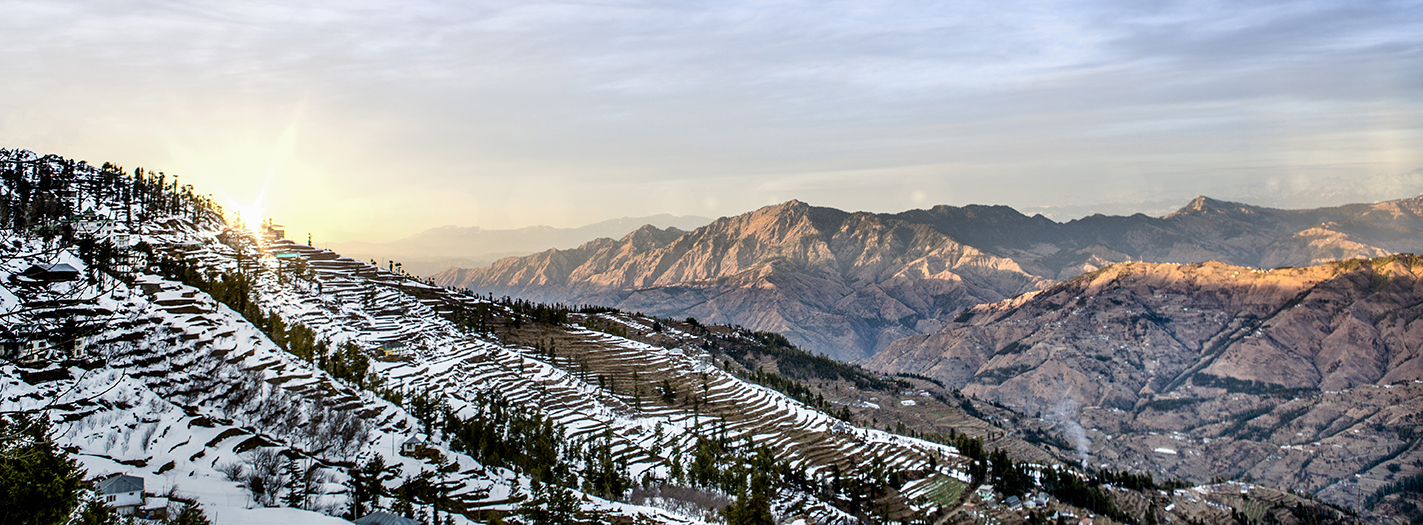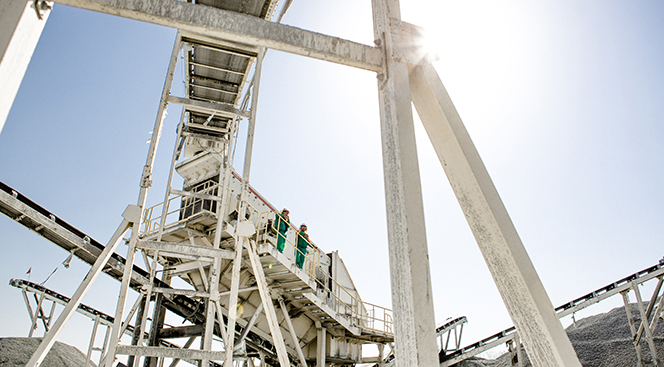Anusha Projects, a sub-contractor for the Indo–China road project released in 2010, were looking to install a crushing plant for the job. For this they needed a partner with the best technology as well as the ability and knowhow to execute a project like this in difficult terrain. Several reference checks and discussion rounds led them to Metso.
“When we got this project, we knew about the difficulties that lay ahead of us,” recalls Mr. A Jalandhar Reddy, Managing Director, Anusha Projects. “The working conditions were very challenging and, to top it all off, there are not many project management teams gutsy enough to handle such climatic conditions. Our quest to select the right partner ended with Metso and, in my opinion, the real reason was the commitment level of both Anusha and the Metso teams. We succeeded really well.”
“We couldn’t compromise on the quality of the technology or expertise. Our best choice was Metso. We needed sound technology to back the project, as the working conditions and timelines were quite challenging. Metso’s jaw and cone crushers have a proven track record and have performed in difficult projects – that was clear motivation for selecting them,” Mr. Reddy adds.The tough terrain required technology that can withstand the natural landscape and the difficulties that Anusha faced in this project.
With the requirements of the project in mind, the Metso team suggested a modular crushing plant. The reason was simple: Metso’s modular design plant has a high degree of flexibility and is perhaps the most compact offering in the industry, with great ease of transportation and erection. The 235 tph modular plant was fitted with a C106 jaw crusher and a GP11F cone crusher.
Unexplored territory
In December 2010 the discussions started moving forward, and the site location Karzok in Leh was announced. Karzok is about 225 kilometers from Leh in Jammu and Kashmir, and at an altitude of 4,860 meters above sea level. This project challenged Metso on several fronts. Heading 4,860 meters above sea level was definitely exciting, but the proportional challenges were not very clear. Scarcity of oxygen, logistical inaccessibility, and extreme weather conditions are only the most common problems.

